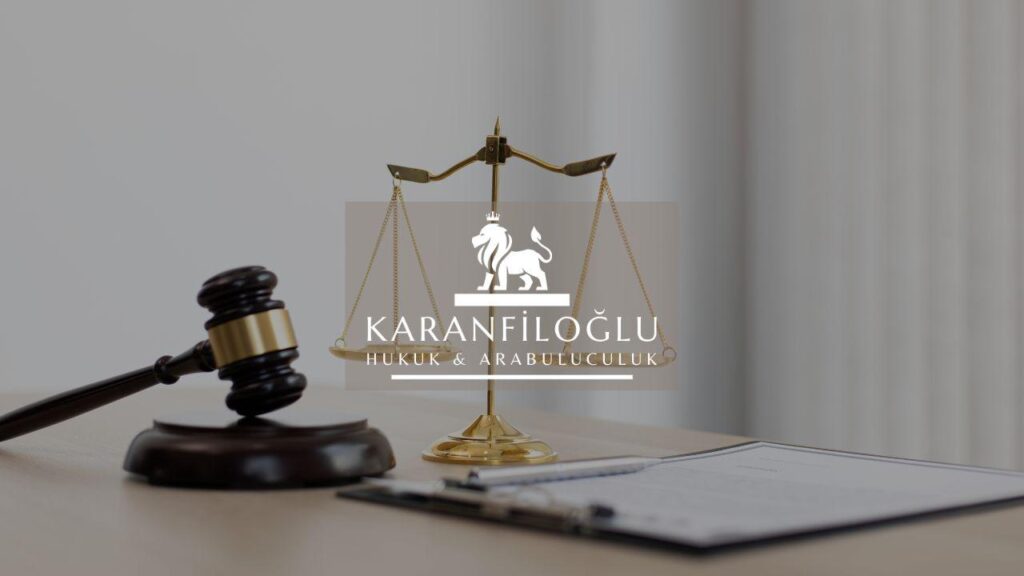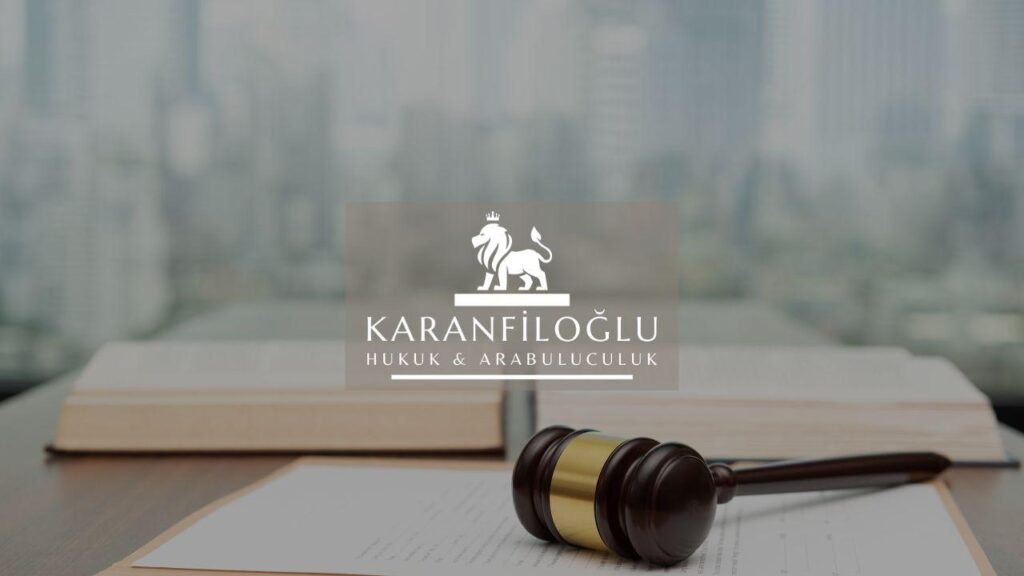The reconciliation process in criminal law provides a fresh perspective on addressing crime. Think of it as a bridge holding the promise of understanding through conflict. It’s an integral part of alternative dispute resolution methods, focusing not only on punishment but healing. At its core, the reconciliation process fosters dialogue between the offender and the victim, a crucial aspect of victim-offender mediation. This isn’t about letting wrongdoers off the hook; instead, it offers a platform for accountability and empathy. Restorative justice comes to life through this process, highlighting the potential for transformation by prioritizing community repair. In the landscape of criminal law, reconciliation isn’t just an abstract ideal. It’s a practical approach offering benefits to all parties involved. The engagement can often lead to surprising insights, which is why many legal systems increasingly embrace it. This process is about finding common ground, even in the darkest moments, and turning a new leaf.
Understanding the Essentials of Reconciliation in Criminal Justice
Understanding the essentials of the reconciliation process in criminal law begins with recognizing its role as a vital tool in the justice system. It’s more than just a method; it’s a path to repair broken bonds. This alternative dispute resolution fosters dialogue, transforming hostility into healing. Have you ever seen two sides see eye to eye after conflict? That’s what reconciliation aims for. It takes the traditional view of punishment and introduces empathy, offering a space for real conversations. Through victim-offender mediation, offenders meet face-to-face with those they’ve wronged. This brings restorative justice into focus, emphasizing accountability and reparations. It’s a shift from punitive approaches to one where understanding leads the way. It’s not just about fixing problems; it’s about creating new paths where there once were obstacles. By embracing these essentials, the reconciliation process redefines what justice can be, turning punishment into potential.
Reconciliation in the criminal justice system isn’t a wand that waves away crime. It’s more akin to building a bridge where none existed before, a bridge that’s strong, not fragile. Central to this process is the power of dialogue. This isn’t about bypassing justice, but enhancing it. Ever wondered how conversations can mend the fractures of crime? The reconciliation process dives straight into those cracks, supported by alternative dispute resolution. This face-to-face encounter between victim and offender is the heart of victim-offender mediation, turning turmoil into potential resolution. Restorative justice takes center stage here, shifting the focus from retaliation to redemption. Criminal law gains a new dimension this way, where punishment isn’t the endgame but a stepping stone toward healing. It’s about seeing the person, not just the crime, and wondering, what’s next for both parties? An arena where empathy does the heavy lifting, bringing about seismic change.
The reconciliation process in criminal law introduces a nuanced tapestry of healing. Imagine two paths—once divergent, now converging through dialogue. This isn’t just any dialogue; it’s a transformative exchange, revealing the human story behind the crime. Alternative dispute resolution breathes life into these conversations, offering both victim and offender a stage for real talk. Through victim-offender mediation, stories untangle, revealing truths often overshadowed by the crime itself. Here, restorative justice unfolds its wings, spotlighting repair over retaliation. Reconciliation navigates these complexities, acknowledging that while crime severs, dialogue can tighten the seams. Have you considered how healing can reframe justice? In this approach, punishment doesn’t overshadow promise. Instead, it sprinkles seeds of empathy, nurturing a future where change blooms. Criminal law gains resilience here, adapting to the human need for connection and healing. The reconciliation process stands as a testament to possibility, urging us to rediscover the value in understanding.
The Role of Victims and Offenders in the Reconciliation Process
In the reconciliation process within criminal law, the roles of victims and offenders take center stage. Imagine sitting at a table where voices that seemed lost find their power again. For victims, it’s a chance to express pain, share their stories, and seek clarity. This alternative dispute resolution method allows offenders to step away from the shadows of their misdeeds. They face the consequences not through mere punishment but through meaningful dialogue. Victim-offender mediation serves as the conduit for this exchange, where restorative justice sparks hope and change. Both parties embark on a journey of understanding, moving from barriers to bridges. Offenders often gain insight into the impact of their actions, leading to genuine remorse and a desire to make amends. It’s an eye-opener, a mirror reflecting the real aftermath of crime. The reconciliation process embraces these interactions, aiming for resolution and fostering community healing.
Through the reconciliation process, victims in criminal law find a voice often lost amidst legal procedures. This voice, once a faint whisper, now resonates powerfully, pushing for healing over hostility. They share their narratives, not for revenge, but to illuminate the path to understanding. Meanwhile, offenders, through alternative dispute resolution, face the mirror of victim-offender mediation. This meeting place thrives on the principles of restorative justice, where understanding supersedes judgment. Here, offenders see firsthand the tapestry of emotions woven by their actions, fostering a genuine moment of reflection. It’s an arena where the abstract becomes personal, and accountability breeds growth. Victims offer clarity, while offenders find a purpose beyond the crime. Embracing this reconciliation process sheds light on the potential of change and offers a rare window where past injuries can lead to future connections. This dynamic dance of dialogue and discovery nurtures a resilient community.
In the reconciliation process, the interplay between victims and offenders in criminal law unfolds like a delicate dance, each step intentional and meaningful. Victims engage in this alternative dispute resolution with no intention of vengeance; rather, they aim to reclaim their narrative and foster healing. As they express their experiences, offenders stand witness to the repercussions of their past decisions, often leading them to introspection in victim-offender mediation. Restorative justice guides this exchange, creating a space where both sides can acknowledge pain yet envision healing. Offenders confront a new reality, where accountability isn’t just an obligation, but a stepping stone toward redemption. This reconciliation process empowers victims and offenders alike to look beyond the past, fostering a community that values understanding over division. It’s about rewriting the story, one conversation at a time, breaking down barriers and building bridges anew.
Implications for Future Legal Reforms in Criminal Law
Gazing into the future of criminal law, the reconciliation process emerges as a cornerstone for legal reforms. Imagine a world where alternative dispute resolution is a common thread in the justice system, helping to weave more humane outcomes. This shift towards restorative justice not only breathes new life into the legal fabric but also addresses deep-rooted issues within the system. When victim-offender mediation takes center stage, the justice process transforms, offering a more personal touch to settling conflicts. By integrating these methods, the system becomes more adaptable to the needs of both victims and offenders. As society evolves, it craves a justice model that does the same, molding the reconciliation process into a valuable tool. These shifts are not just about changing the law—it’s about changing lives and bringing a renewed sense of justice. Future legal reforms will likely lean on this process to offer more than simple retribution.
The reconciliation process could be a game-changer in shaping future legal reforms in criminal law. As we redefine how justice is served, alternative dispute resolution methods will likely play a pivotal role. Rather than focusing solely on blame and punishment, there’s an emerging emphasis on reconciliation and healing. Restorative justice shines as a guiding light, aiming to mend the social fabric torn by crime. Victim-offender mediation becomes a dialogue that breathes life into the often sterile proceedings of the courtroom. This realignment allows the legal system to evolve, offering tailored responses to complex situations. It’s not just about revising laws; it’s about creating pathways for redemption and understanding. The future of criminal law could well hinge on how effectively we embrace these innovative approaches, turning justice from a distant ideal into a lived experience. Prepare for a future where reconciliation takes its rightful place at the table of justice.
The implications of the reconciliation process in future legal reforms could be monumental. It’s like turning the gears of a well-oiled machine, where criminal law gradually integrates more humane dispute resolution methods. This shift isn’t just procedural; it’s transformative. By embracing alternative dispute resolution, the courts can breathe fresh air into old paradigms, crafting a justice system that acknowledges the hurt and aims to mend. Victim-offender mediation stands at the forefront, enabling conversations that bridge divides. Restorative justice isn’t merely a footnote; it’s a compelling chapter in reimagining law and order. With these methods gaining momentum, the reconciliation process offers a path forward that balances accountability with compassion. As society grapples with complex legal challenges, this forward-thinking approach can set the stage for a redefined justice system. The realm of criminal law stands at a crossroads, poised to evolve in ways that benefit individuals and communities alike.
Disclaimer: This article is for general informational purposes only and you are strongly advised to consult a legal professional to evaluate your personal situation. No liability is accepted that may arise from the use of the information in this article.







